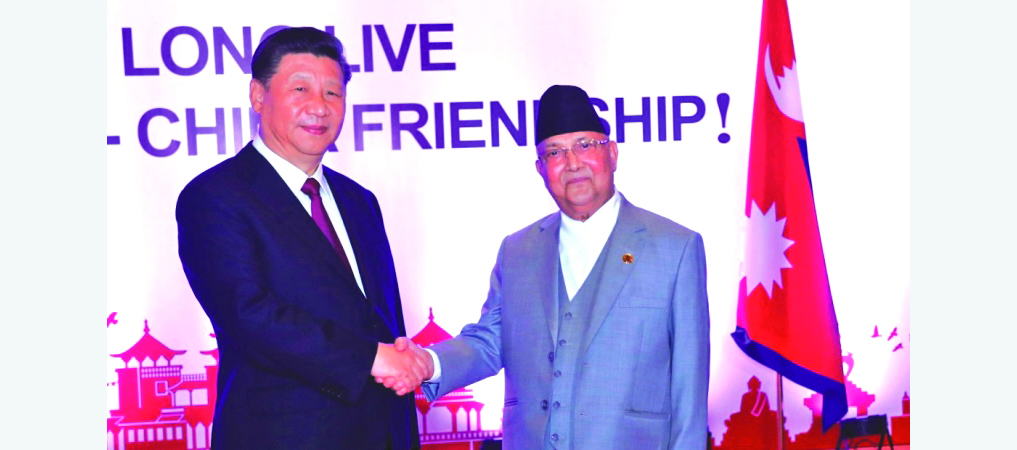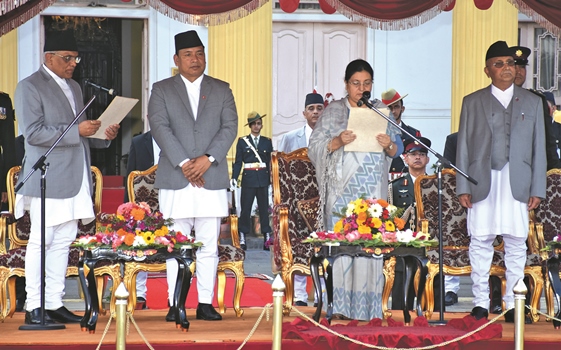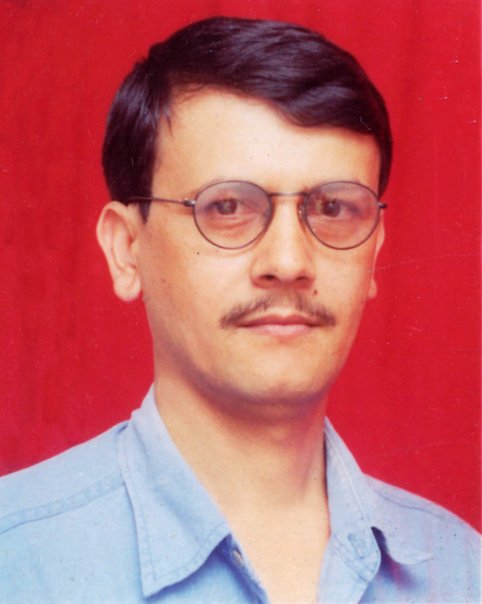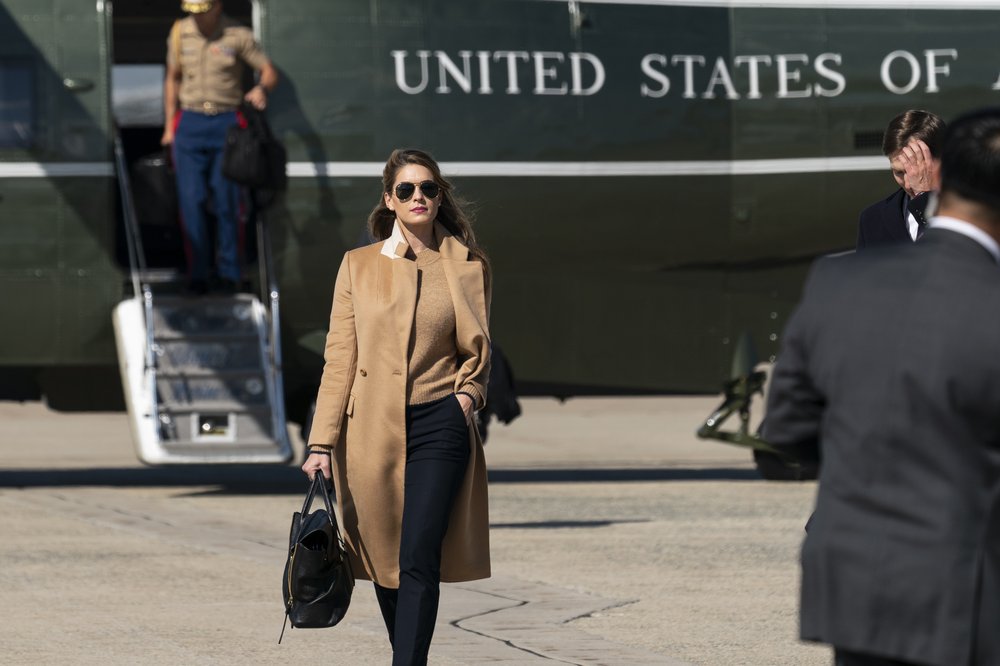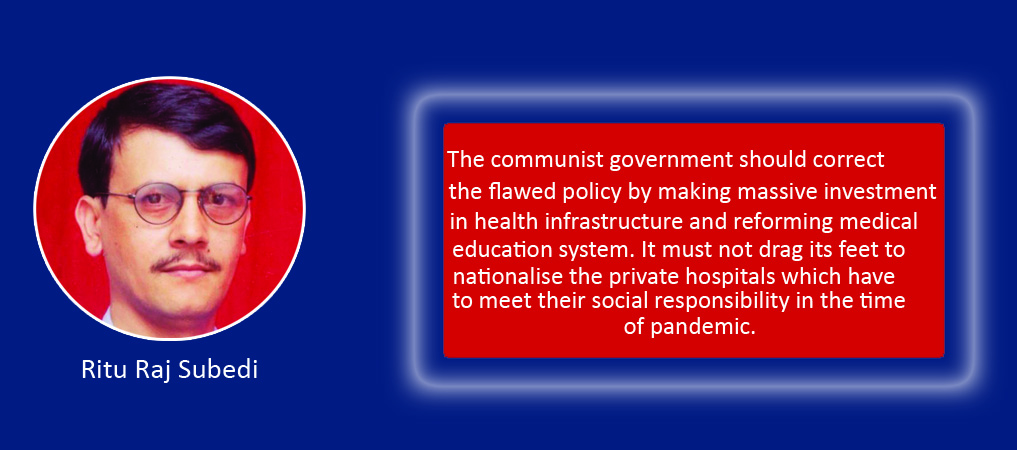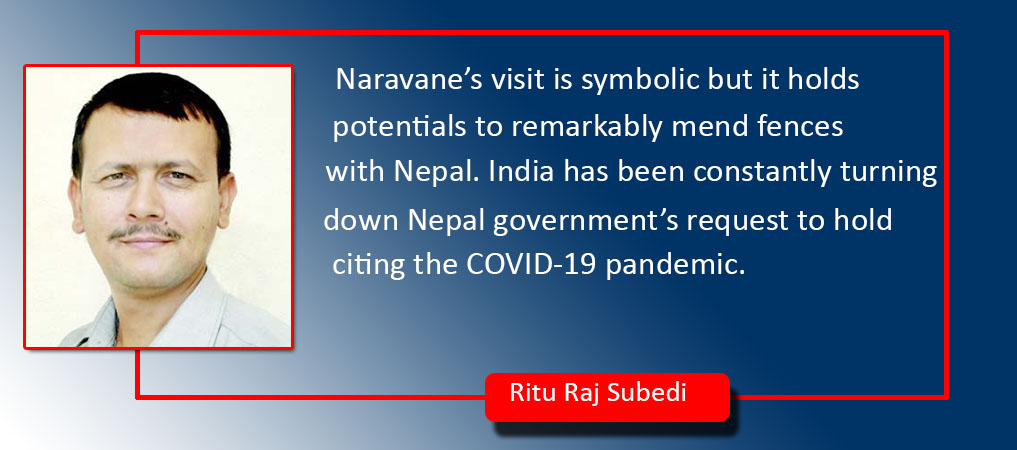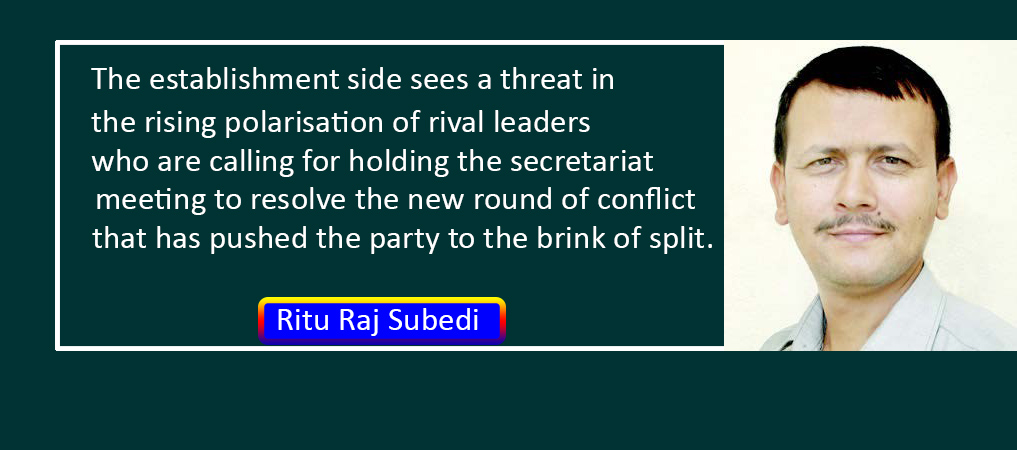Left Movement In Downward Spiral?
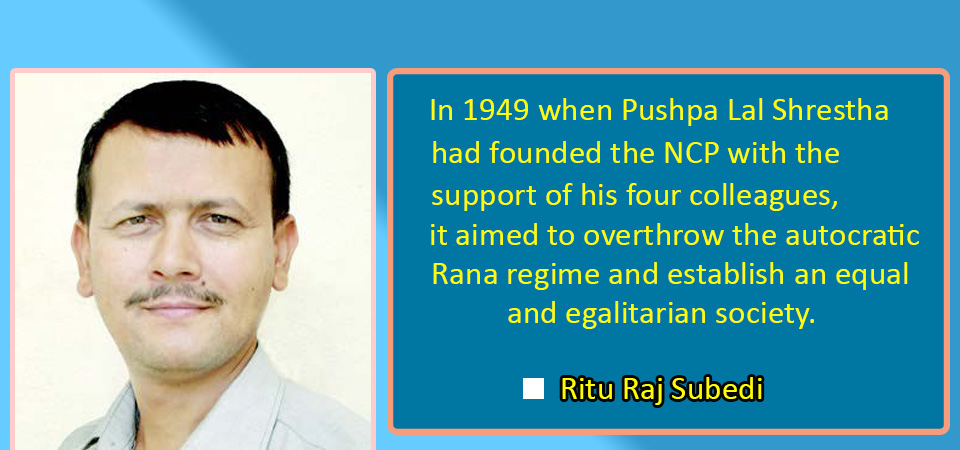
Ritu Raj Subedi
Nepali communist movement now stands at a crossroads of complex crisis. After witnessing an unprecedented success, it is now in a downward spiral. Nepal has always been a fertile land for the rise of the left movement that has waxed and waned over the decades. For all its shortcomings, its craze among Nepalis has never faded. The citizens, especially from the lower economic class, have nurtured a naive hope that the communists are there to lift them out of poverty, exploitation and inequality. This is a reason why the ideological influence and numerical strength of communists has not gone down over the years despite the fact that they have been divided into several groups and most of the communist regimes across the world collapsed like a house of cards almost three decades back.
Clash of egos
In 1949 when Pushpa Lal Shrestha had founded the NCP with the support of his four colleagues, it aimed to overthrow the autocratic Rana regime and establish an equal and egalitarian society. However, the NCP failed to materialise its original vision as it underwent a series of disintegrations and reorganisations. The communist leaders’ inability to frame a common ideology, division in the international communist movements (Sino-Soviet rivalry), clashes of egos, feelings of revenge, self-aggrandisement, petty bourgeois mindset, ultra-left and ultra-right deviation and infiltration of quislings, among others, are generally attributed to their frequent bickering, intense factionalism and eventual splits.
In early 1990s, two big leagues of communist parties rose to the political scene - Communist Party of Nepal-Unified Marxist-Leninist (CPN-UML) and CPN-Maoist – led by late Madan Bhandari and Pushpa Kamal Dahal Prachanda, respectively. Bhandari’s party chose a peaceful course of action while Prachanda led an armed insurgency to overthrow constitutional monarchy and establish a communist state. The bellicose Maoist movement rose quickly but it lost its steam following its entry into the mainstream politics. It suffered splits several times but the UML has been able to keep its organisational strength intact despite its painful drubbing in the first Constituent Assembly (CA) elections.
However, historical circumstances impelled them to meet at the confluence of communist movement following the promulgation of new constitution in 2015. They contested the federal and provincial elections jointly forging an alliance in 2017. It pulled off resounding victory that paved the way for their unification in 2018. The NCP formed one of the most powerful governments in country’s history. This indeed marked the apogee of success of Nepali communists. But this glorious saga remained short-lived, thanks to the intra-party rifts within the NCP that led to the dissolution of House of Representatives (HoR). The NCP, led by Prime Minister KP Sharma Oli and Prachanda, is not in existence any more. Pushpa Lal’s diehard disciple Rishi Kattel won the legal battle over the name of NCP. Although the Supreme Court reinstated the HoR, its another verdict invalidated the unification of NCP. The apex court also rejected an appeal to review this decision to much chagrin of Prachanda. It was strange on the part of the court to declare the unification of the parties null and void.
The revived UML and Maoist Centre are carving their own path but the UML stands to split vertically in the wake of disciplinary action against four top leaders of Nepal-Khanal faction – Madhav Kumar Nepal, Bhim Rawal, Surendra Pandey and Ghanshyam Bhusal. They were charged with being involved in anti-party activities and damaging its unity. PM and chairman Oli has suspended them as party general members for six months after he was not satisfied with their replies to the party’s clarification letter. Undeterred, the Nepal-Khanal group is now aggressively involved in forming parallel committees from the centre to the ward level, posing a big challenge to the establishment side.
A Standing Committee meeting of Nepal-Khanal faction Friday accused chairman Oli of showing authoritarian conduct and weakening the country and its communist movement. Oli is now an unchallenged leader within the party but the formation of parallel bodies of the party across the country will vitiate the vitality of the largest party in the long-run. The disgruntled faction has started to ‘reorganise’ the party after its demand to revive the UML structures prior to Jestha 2, 2075 BS (May 16, 2018) was turned down. It is widely speculated that Nepal-Khanal faction will finally desert the parent party and launch their own organisation if the intra-party conflict aggravates further. It may forge electoral alliance with the Maoist Centre in the upcoming polls. There is a growing call that the party chair should accommodate them based on rational compromise and for the sake of Nepali communist movement.
Deciding factors
What will be the fate of Nepal-Khanal faction and Oli himself if the former decides to form a new party and participate in the elections separately? It is difficult to predict now. However, there is a trend that a breakaway party does not normally succeed as it is in disadvantageous position – lack of strong organisation and recognition in the form of poll symbol, party’s name and flag, and well-wishers’ preference for the establishment. The UML poll symbol ‘Sun’ is very popular among its supporters and they find it hard to go for another symbol. However, this situation does not always prevail. Ideology, integrity and performance of leaders also play a crucial role in determining the destiny of parties and their leaders in the election. Even if the Nepal-Khanal faction may not fare well in the polls, it wields power to inflict a huge damage to the establishment because polls are won or lost by a margin of few votes, even a single vote.
(Deputy Executive Editor of The Rising Nepal, Subedi writes regularly on politics, foreign affairs and other contemporary issues. subedirituraj@yahoo.com)
Recent News

Do not make expressions casting dout on election: EC
14 Apr, 2022
CM Bhatta says may New Year 2079 BS inspire positive thinking
14 Apr, 2022
Three new cases, 44 recoveries in 24 hours
14 Apr, 2022
689 climbers of 84 teams so far acquire permits for climbing various peaks this spring season
14 Apr, 2022
How the rising cost of living crisis is impacting Nepal
14 Apr, 2022
US military confirms an interstellar meteor collided with Earth
14 Apr, 2022
Valneva Covid vaccine approved for use in UK
14 Apr, 2022
Chair Prachanda highlights need of unity among Maoist, Communist forces
14 Apr, 2022
Ranbir Kapoor and Alia Bhatt: Bollywood toasts star couple on wedding
14 Apr, 2022
President Bhandari confers decorations (Photo Feature)
14 Apr, 2022



